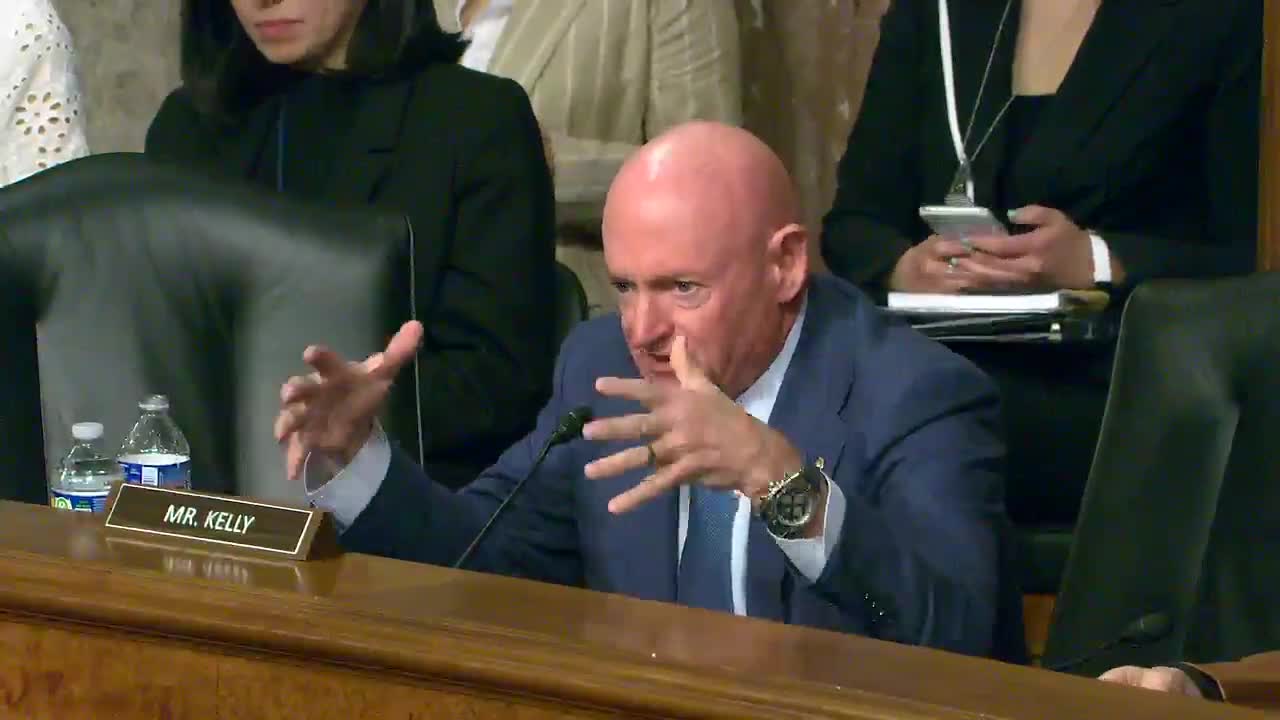Senators argue electronic warfare testing risks at Fort Huachuca reduction meeting
June 05, 2025 | Armed Services: Senate Committee, Standing Committees - House & Senate, Congressional Hearings Compilation
This article was created by AI summarizing key points discussed. AI makes mistakes, so for full details and context, please refer to the video of the full meeting. Please report any errors so we can fix them. Report an error »

The U.S. Senate Committee on Armed Services recently convened to discuss the critical posture of the Department of the Army in relation to the Defense Authorization Request for Fiscal Year 2026. A significant focus of the meeting was the potential impact of personnel reductions at the Electronic Proving Ground (EPG) at Fort Huachuca, Arizona, which could jeopardize the Army's electronic warfare (EW) capabilities.
During the session, officials highlighted the unique advantages of Fort Huachuca's location, which offers over 320 flying days per year in federally protected airspace. This environment is essential for conducting advanced electronic warfare tests that are not replicable at other facilities. The discussions underscored the risks associated with reducing personnel at EPG, warning that such cuts could lead to long-term consequences for testing, evaluation, and overall military readiness.
Senators expressed concerns that diminishing the Army's electronic warfare test centers would significantly harm its capabilities to counter adversaries. The Secretary of the Army acknowledged the importance of EW and indicated that while some testing might occur at other locations, the unique conditions at Fort Huachuca are irreplaceable. He emphasized the need for a thorough evaluation of capacity and resources to ensure that essential testing can continue.
The meeting also touched on the integration of new technologies, such as drones, into training programs, which could alter how the Army conducts its operations. However, the consensus remained that the EPG's specific geographic advantages are unmatched, and any reduction in its operational capacity could hinder the Army's ability to effectively prepare for future challenges.
As discussions continue, the implications of these decisions will be closely monitored, with a commitment to ensuring that the Army maintains its readiness and technological edge in electronic warfare.
During the session, officials highlighted the unique advantages of Fort Huachuca's location, which offers over 320 flying days per year in federally protected airspace. This environment is essential for conducting advanced electronic warfare tests that are not replicable at other facilities. The discussions underscored the risks associated with reducing personnel at EPG, warning that such cuts could lead to long-term consequences for testing, evaluation, and overall military readiness.
Senators expressed concerns that diminishing the Army's electronic warfare test centers would significantly harm its capabilities to counter adversaries. The Secretary of the Army acknowledged the importance of EW and indicated that while some testing might occur at other locations, the unique conditions at Fort Huachuca are irreplaceable. He emphasized the need for a thorough evaluation of capacity and resources to ensure that essential testing can continue.
The meeting also touched on the integration of new technologies, such as drones, into training programs, which could alter how the Army conducts its operations. However, the consensus remained that the EPG's specific geographic advantages are unmatched, and any reduction in its operational capacity could hinder the Army's ability to effectively prepare for future challenges.
As discussions continue, the implications of these decisions will be closely monitored, with a commitment to ensuring that the Army maintains its readiness and technological edge in electronic warfare.
View full meeting
This article is based on a recent meeting—watch the full video and explore the complete transcript for deeper insights into the discussion.
View full meeting